During the past years LED luminaires revolutionized the lighting industry and found their way into all areas of living. The advantages are convincing private users as well as authorities and companies: LED technology saves energy, offers nearly unlimited design options and finally enables the construction of completely new products. The main feature of LED luminaires is their overall flexibility.
Due to the rapid enhancement of the technology many spectral characteristics of light can be individually combined to meet the needs in different sectors. Bright LED street lighting is enhancing traffic security, colored LED luminaires are used for interior design, energy saving luminaires are used in office buildings just to name a few examples. But how does the different lighting influence our organism?
While sunlight contains all spectral areas from UV to far IR, LEDs are limited to a spectral range between a little less than 400 up to 800 nm. In human beings different different spectral characteristics and amount of light trigger certain reactions e.g. insomnia or flicker causing an epileptic fit. Generally, the increasing light pollution has a negative impact on all creatures. Meanwhile many research projects are addressing this topic. But they are running into one major issue – measurement technology. Even though milestones have been achieved in the LED technology itself, the measurement equipment stayed the same over years.
Researchers are still struggling with large integrating spheres or need to many different measurement devices to check all relevant parameters. This is why the photometric measurement technology invented by MKS Ophir is offering many chances to the LED industry. It does not only enable researchers to get fast measurements of all relevant lighting parameters such as total luminous flux, color (CCT, CRI, Duv, chromaticity) and flicker. It can also be used in industrial manufacturing processes ensuring that all relevant parameters are meeting the pre-set specifications.
Ophir is developing laser measurement devices for more than 40 years now and has now used its know-how with light to create a measurement solution that fits the LED technology. It pushes the boundaries limiting the LED industry enabling research and the production of well-defined, high quality LED luminaires.
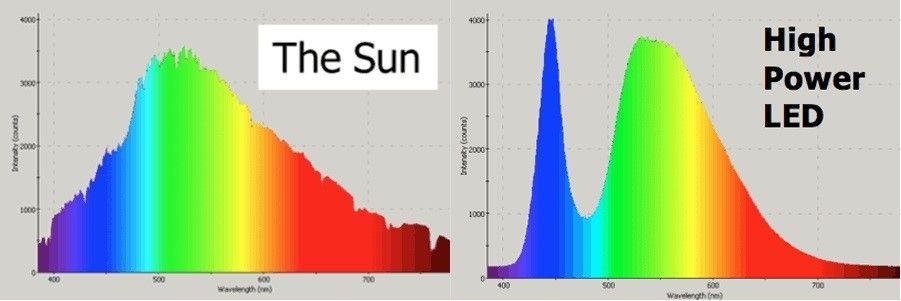
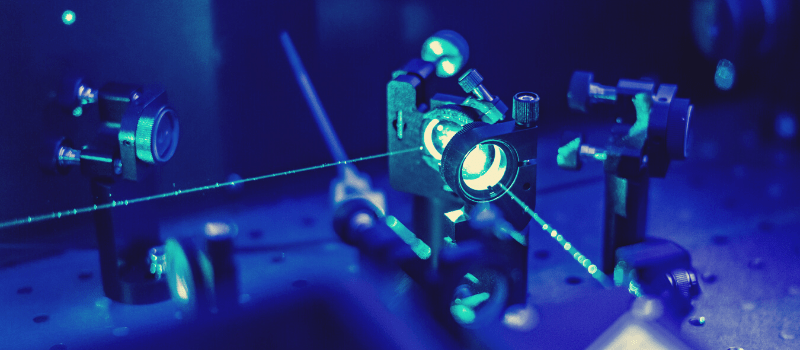
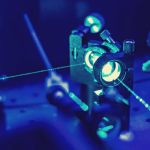
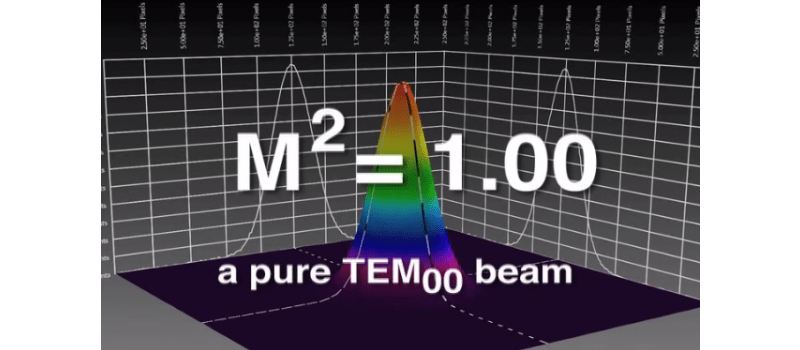
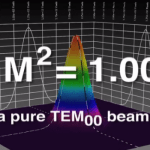
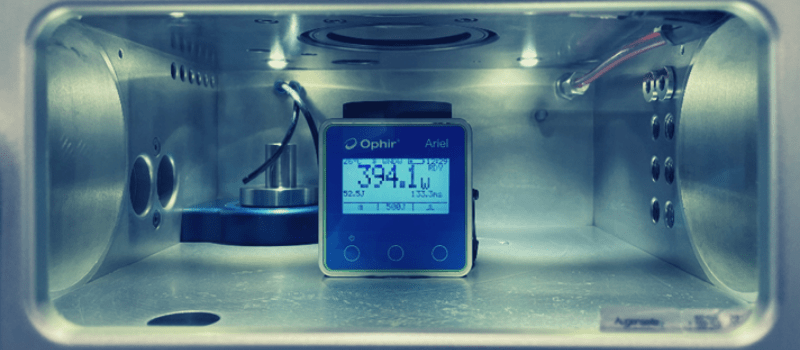
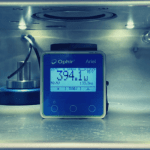




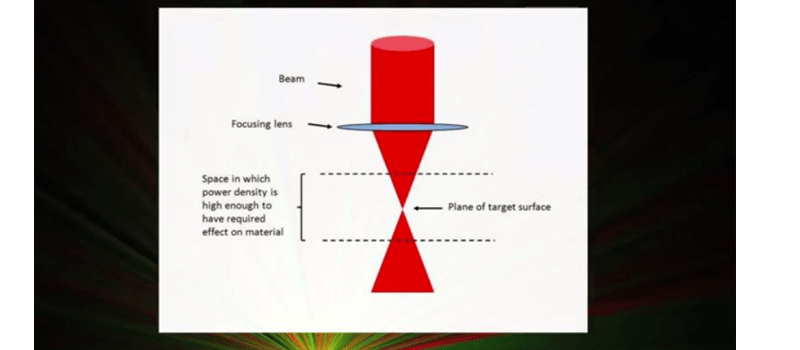
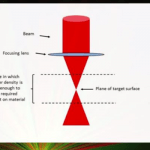
Leave a Reply
Your email address will not be published. Required fields are marked *